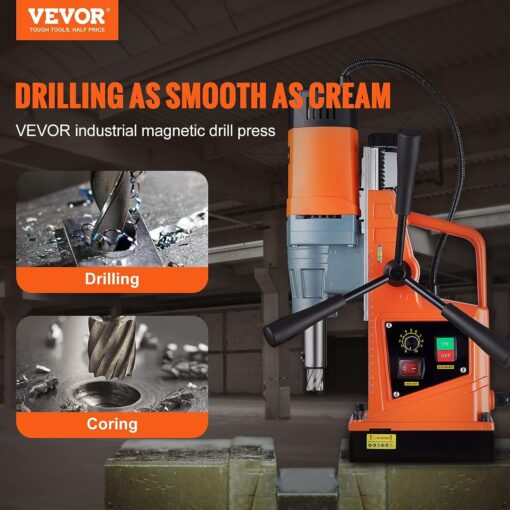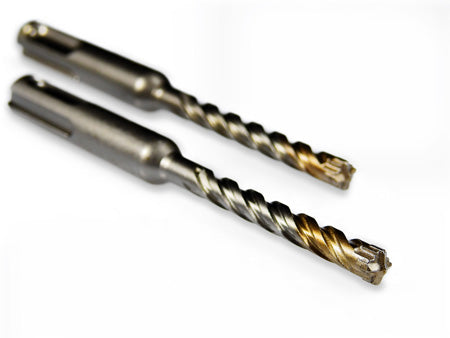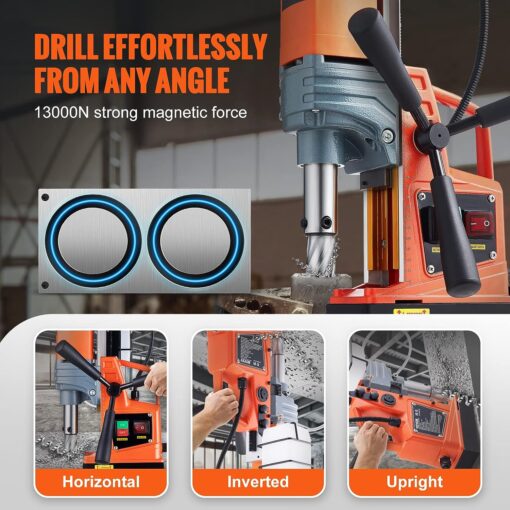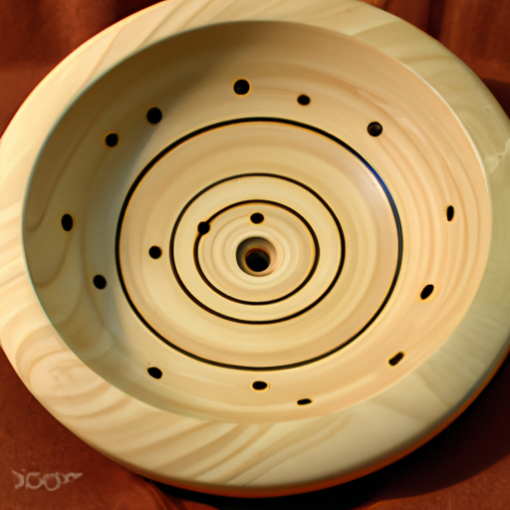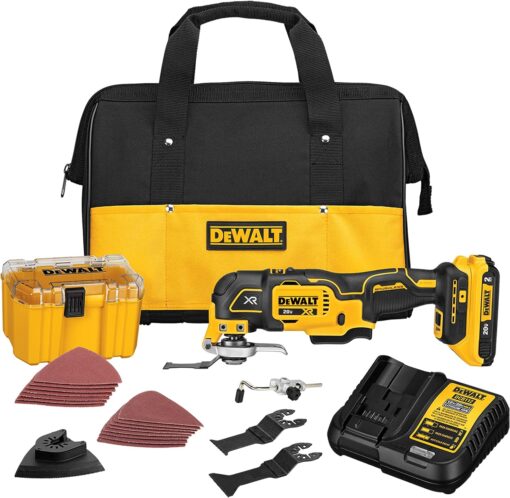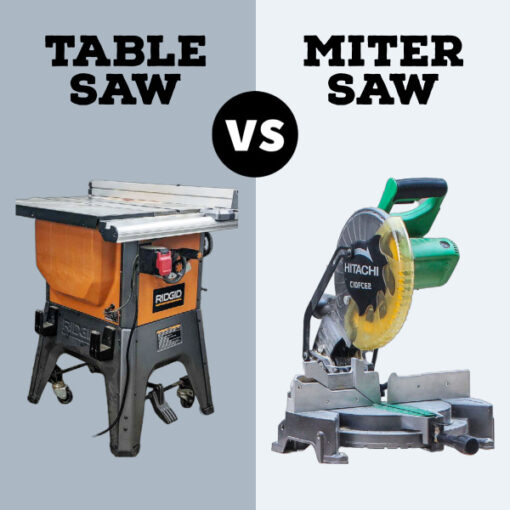Have you ever wondered why so many individuals invest in a metal lathe? From hobbyists to professionals, the appeal of this versatile machine has captured the attention of countless individuals. With its ability to shape and mold various metal materials, a metal lathe opens up a world of possibilities for creating intricate designs and precise components. Whether you’re a DIY enthusiast or a seasoned craftsman, owning a metal lathe can elevate your craftsmanship to new heights. Let’s explore the reasons why purchasing a metal lathe is a worthwhile investment that will undoubtedly enhance your machining capabilities.
1. Versatility
1.1 Turning Operations
A metal lathe offers you the versatility of performing various turning operations. Whether you need to shape cylindrical or conical surfaces, a metal lathe can handle it all. By utilizing a cutting tool that moves parallel to the workpiece’s axis of rotation, you can easily turn your metal workpiece to the desired shape and size. This makes a metal lathe an essential tool for machining processes in a wide range of industries.
1.2 Facing and Threading
In addition to turning operations, a metal lathe also allows you to perform facing and threading tasks. Facing involves creating a smooth and flat surface at a right angle to the workpiece’s axis, while threading refers to the process of creating external or internal threads. With a metal lathe, you can easily achieve these operations with precision and accuracy, ensuring that your workpieces meet the required specifications.
1.3 Taper Turning
Taper turning is another key functionality of a metal lathe. It involves gradually reducing the diameter of a workpiece along its length to create a tapered shape. This is commonly needed in applications such as creating tapered pipes or shafts. A metal lathe provides you with the ability to accurately control the tapering process, ensuring that your workpieces are precisely tapered according to your requirements.
1.4 Drilling and Boring
Apart from the turning-related operations, a metal lathe also allows you to perform drilling and boring tasks. Drilling involves creating holes in the workpiece, while boring refers to enlarging existing holes and achieving precise dimensions. With a metal lathe, you can easily and accurately drill and bore holes of various sizes, making it a versatile tool for a wide range of applications.
2. Precision
2.1 Accuracy
One of the key advantages of using a metal lathe is the level of precision and accuracy it offers. The cutting tools on a metal lathe can be adjusted and controlled with high accuracy, ensuring that the dimensions and shapes of your workpieces are exact. This is crucial when working on projects that require tight tolerances and precise measurements.
2.2 Repetitive Operations
If you frequently need to produce multiple workpieces with identical shapes and dimensions, a metal lathe is an ideal choice. The ability to replicate operations with great precision allows you to efficiently produce a large number of parts that are consistent in their specifications. This not only saves time but also ensures the quality and uniformity of your products.
2.3 Fine Detailing
A metal lathe enables you to achieve intricate and fine detailing on your workpieces. With precise control over the cutting tools and the ability to make small adjustments, you can create intricate patterns, grooves, or designs on your metal workpieces. This opens up opportunities for artistic and decorative applications, allowing you to add a unique touch to your projects.
2.4 Smooth Finishes
The turning process on a metal lathe generates smooth finishes on the surface of your workpiece. This is achieved through the use of precision cutting tools and controlled movements. The smooth finishes not only enhance the aesthetic appeal of your workpieces but also reduce friction and ensure optimal functionality in applications where smooth surfaces are critical.
3. Cost Savings
3.1 DIY Projects
Investing in a metal lathe can save you significant costs in the long run, especially if you enjoy tackling do-it-yourself (DIY) projects. Instead of purchasing pre-made parts or outsourcing machining services, you can create your own custom components using a metal lathe. This eliminates the need for expensive third-party services and allows you to have full control over the quality and design of your projects.
3.2 Repair and Maintenance
A metal lathe is an invaluable tool for repair and maintenance tasks. Instead of replacing entire components, you can repair damaged or worn-out parts by simply machining them on a metal lathe. This not only saves you the cost of purchasing new parts but also minimizes downtime since you can quickly fabricate replacements in-house.
3.3 Customization
Having a metal lathe enables you to customize your projects according to your specific requirements. Instead of settling for off-the-shelf components that may not perfectly fit your needs, you can create custom-designed parts using a metal lathe. This level of customization allows you to optimize the performance and functionality of your projects, leading to cost savings in the long term.
3.4 Prototyping
For businesses involved in product development and prototyping, a metal lathe is an invaluable investment. It allows you to quickly create prototypes of your designs and test them for form, fit, and functionality. By identifying and addressing any issues early on, you can avoid costly mistakes during mass production. The ability to iterate and refine prototypes in-house saves both time and money in the product development process.
4. Time Efficiency
4.1 Speed Control
A metal lathe provides you with precise control over the rotational speed of the workpiece. This allows you to adjust the speed based on the material being machined, the desired finish, and the specific operation being performed. The ability to control the speed ensures optimal cutting conditions and reduces the time required to complete machining tasks.
4.2 Automation
Many modern metal lathes come equipped with automation features, such as CNC (Computer Numerical Control) capabilities. With CNC automation, you can program the machining operations and let the lathe carry them out automatically. This eliminates the need for manual intervention, resulting in faster and more efficient machining processes.
4.3 Reduced Setup Time
Metal lathes are designed to minimize setup time, allowing you to quickly switch between different workpieces or operations. The ability to easily set up and adjust the lathe saves valuable time, particularly when working on projects with multiple machining steps. Additionally, setup time reduction improves overall productivity and ensures faster turnaround times.
4.4 Simultaneous Operations
Some advanced metal lathes offer the flexibility to perform simultaneous operations on multiple axes. This means you can execute multiple machining tasks simultaneously, resulting in significant time savings. By optimizing the workflow and minimizing idle time, you can maximize productivity and complete projects in a shorter timeframe.
5. Increased Productivity
5.1 Higher Output
By leveraging the precision, versatility, and time efficiency of a metal lathe, you can significantly increase your productivity. The ability to produce high-quality, accurate workpieces at a faster rate enables you to meet demanding production schedules and fulfill customer orders more efficiently. This increased output contributes to the growth and success of your business.
5.2 Reduced Idle Time
Due to its versatility and automation capabilities, a metal lathe helps minimize idle time during machining processes. With quick setup and efficient operation, you can keep the lathe running consistently, reducing downtime between workpieces or operations. This ultimately leads to improved overall efficiency and higher productivity.
5.3 Improved Workflow
A metal lathe enhances the workflow in your machining operations. By streamlining the process and eliminating unnecessary steps, you can achieve a more efficient and organized workflow. This allows you to optimize resource allocation, minimize bottlenecks, and ensure a smooth production process from start to finish.
5.4 Multitasking Capabilities
Certain metal lathes are equipped with multitasking capabilities, allowing you to perform multiple machining operations in a single setup. This eliminates the need for multiple machines and reduces the time and effort required to transfer workpieces between different equipment. The ability to multitask enhances productivity and enables you to complete complex projects with fewer resources.
6. Enhanced Skills
6.1 Learning Opportunities
Investing in a metal lathe opens up a world of learning opportunities for both hobbyists and professionals. As you use the lathe and explore its various capabilities, you gain hands-on experience and develop valuable skills in metalworking. This continuous learning process allows you to expand your knowledge and expertise, positioning you as a skilled individual in the field.
6.2 Technical Expertise
Operating and mastering a metal lathe requires technical expertise, which adds value to your skillset. Understanding the intricacies of machining processes, tool selection, and cutting techniques not only enhances your proficiency but also allows you to tackle more complex projects. This technical expertise can be applied across various industries and significantly contribute to your professional growth.
6.3 Career Advancement
Acquiring metal lathe skills can open up new career opportunities in industries such as manufacturing, engineering, and design. Employers value individuals who possess the ability to operate and utilize advanced machinery. By demonstrating your proficiency with a metal lathe, you enhance your employability and increase your chances of career advancement.
6.4 Creative Outlet
Having access to a metal lathe offers you a creative outlet to express your ideas and bring your designs to life. Whether you indulge in artistic endeavors, engage in DIY projects, or pursue innovative solutions, a metal lathe provides you with the means to turn your visions into reality. This creative outlet not only nourishes your passion but also enables you to showcase your unique talent.
7. Durability and Reliability
7.1 Solid Construction
Metal lathes are built to withstand heavy-duty usage and harsh working conditions. They feature a robust construction that ensures stability, rigidity, and durability. The solid build of a metal lathe guarantees that it can withstand the forces generated during machining processes, contributing to its long lifespan and reliable performance.
7.2 Longevity
Investing in a high-quality metal lathe ensures its longevity and longevity. With regular maintenance and proper care, a well-built metal lathe can serve you for many years, consistently delivering accurate and precise machining results. The long lifespan of a metal lathe guarantees a good return on investment, making it a wise choice for both individuals and businesses.
7.3 Low Maintenance
Metal lathes require minimal maintenance, thanks to their robust design and quality craftsmanship. Regular cleaning, lubrication, and inspection of key components are usually sufficient to keep the lathe in optimal working condition. The low maintenance requirements contribute to its overall cost-effectiveness and eliminate the need for frequent repairs or replacements.
7.4 Dependable Performance
A metal lathe provides dependable performance, allowing you to rely on its capabilities consistently. Whether you are working on a small project or handling large-scale production, the precision, accuracy, and reliability of a metal lathe ensure that your machining tasks are completed with minimal error and downtime. This dependability gives you peace of mind and boosts your confidence in achieving successful outcomes.
8. Wide Range of Applications
8.1 Metalworking
Metal lathes are most commonly associated with metalworking applications. From creating intricate metal components to repairing damaged parts, a metal lathe is indispensable in industries such as automotive, aerospace, construction, and manufacturing. Its versatility in working with different metals, such as steel, aluminum, brass, and copper, makes it a go-to tool for metal fabricators and machinists.
8.2 Woodworking
Although primarily designed for metalworking, metal lathes can also be utilized in woodworking projects. With the appropriate tooling and adjustments, you can turn wood blanks into intricate spindle designs, bowls, and other decorative or functional wooden objects. This cross-discipline versatility allows you to explore your creativity and expand your woodworking capabilities.
8.3 Plastic Machining
The adaptability of metal lathes extends to plastic machining applications as well. By using specialized cutting tools and techniques, a metal lathe can effectively shape and form plastics, such as acrylic, PVC, and nylon. This makes it a valuable tool in industries like electronics, automotive, and consumer goods, where plastic components are commonly used.
8.4 Glass and Ceramics
With the right knowledge and tooling, a metal lathe can even be used for working with delicate materials like glass and ceramics. By utilizing specialized diamond tools and employing careful techniques, you can shape and polish glass or ceramics to create custom designs, vases, or artistic pieces. This unconventional use of a metal lathe showcases its adaptability and opens up unique applications.
9. Flexibility
9.1 Different Workpiece Sizes
Metal lathes offer flexibility in accommodating workpieces of various sizes. Whether you need to work on small precision components or large-scale industrial parts, a metal lathe can handle them all. The adjustable chuck jaws and tailstock options allow you to securely hold and machine workpieces of different diameters and lengths, ensuring versatility in your machining projects.
9.2 Various Materials
The ability of a metal lathe to work with various materials adds to its flexibility. Apart from metals, as mentioned earlier, a metal lathe can be used for woodworking, plastics, and even specialty materials like glass and ceramics. This versatility enables you to work on diverse projects and cater to different industries, expanding your scope of work and meeting various customer demands.
9.3 Adaptability
Metal lathes are designed to adapt to different machining requirements and techniques. From adjusting cutting speeds and feed rates to utilizing different tooling options, a metal lathe can be configured to match the unique needs of each project. This adaptability ensures that you can efficiently and effectively machine different workpieces without compromising on precision or quality.
9.4 Tooling Options
Metal lathes offer a wide range of tooling options, allowing you to select the most suitable cutting tools for your specific applications. Whether you need to rough out material quickly or achieve fine finishing cuts, you can choose from various tool geometries, sizes, and materials. The availability of diverse tooling options enhances your machining capabilities and enables you to meet specific requirements.
10. Investment Value
10.1 Resale Potential
A well-maintained metal lathe holds significant resale potential. As long as the lathe retains its functionality and performance, there is a market demand for pre-owned metal lathes. This means that even if your needs change or you decide to upgrade to a larger or more advanced lathe, you can still recover a portion of your investment by selling your current or older model.
10.2 Long-Term Usage
Purchasing a metal lathe is a long-term investment that pays off over time. Unlike other tools that may become obsolete or wear out quickly, a metal lathe is built to last and can serve you for many years. The ability to rely on the lathe’s performance for an extended period ensures that you obtain maximum value from your investment.
10.3 Cost-Benefit Analysis
When conducting a cost-benefit analysis, a metal lathe proves to be a worthy investment. By considering the upfront cost along with the long-term cost savings, increased productivity, and reduced reliance on external machining services, the benefits outweigh the initial expenditure. A well-calculated cost-benefit analysis helps you make an informed decision about the value a metal lathe brings to your operations.
10.4 Return on Investment
Investing in a metal lathe allows you to achieve a notable return on investment (ROI) in various forms. The time and cost savings, increased productivity, expanded capabilities, and potential for additional revenue generation all contribute to the ROI. As you continue to use the metal lathe for multiple projects and applications, its value becomes increasingly evident through increased efficiency and profitability.
In conclusion, purchasing a metal lathe offers numerous benefits across different aspects of machining and fabrication. Its versatility, precision, cost savings, time efficiency, enhanced skills, durability, wide range of applications, flexibility, and investment value make it an indispensable tool for both professionals and hobbyists. Whether you are a seasoned machinist or an enthusiast looking to explore the world of metalworking, investing in a metal lathe opens up endless possibilities and is a decision you won’t regret.

